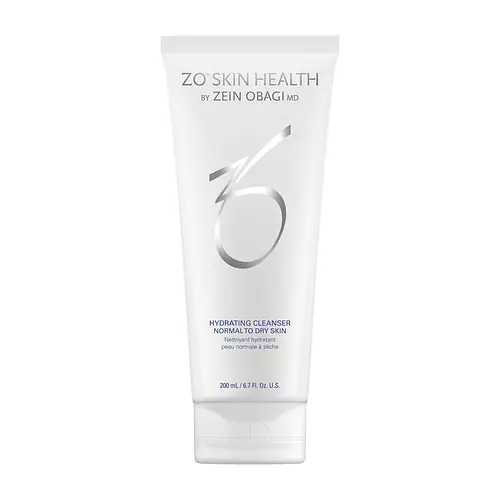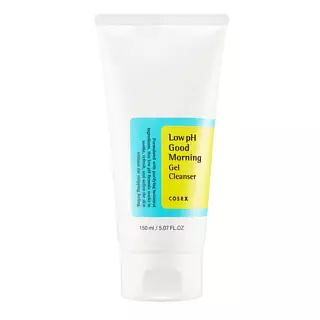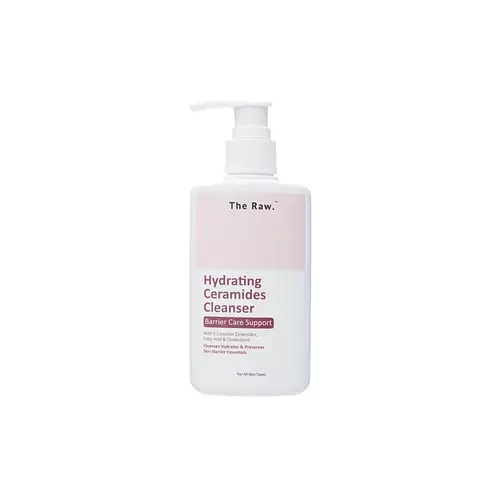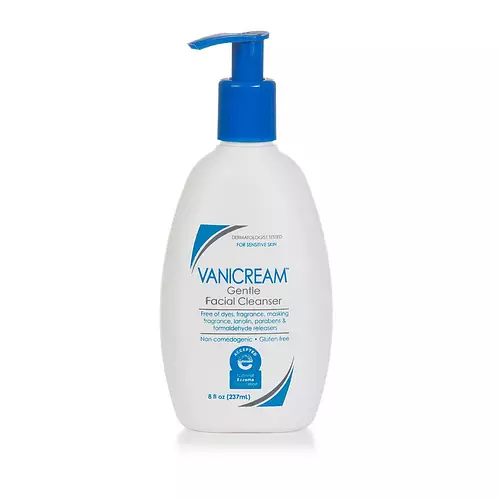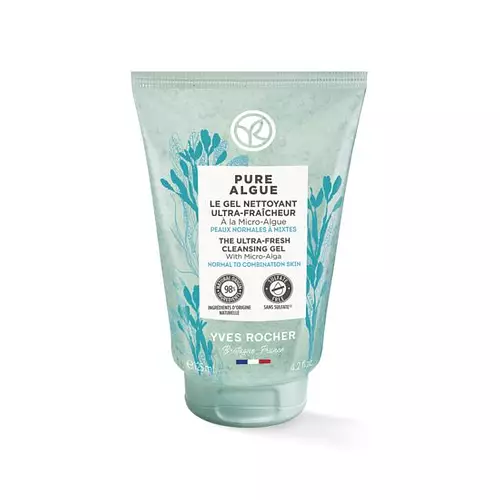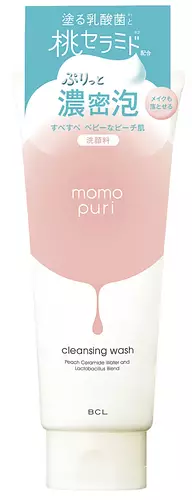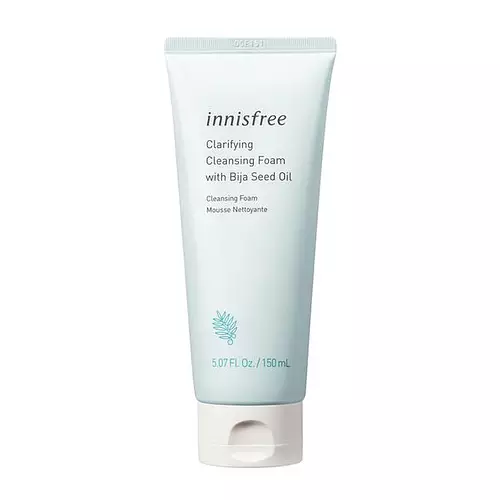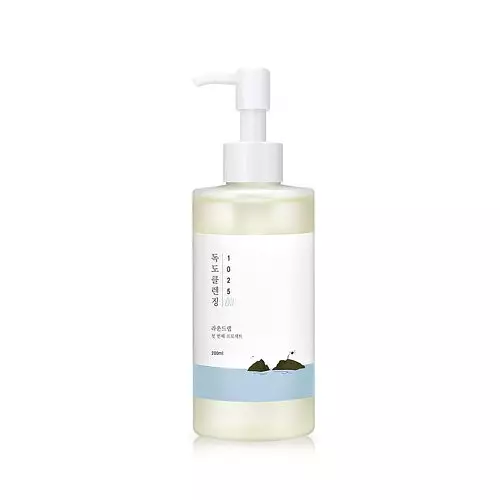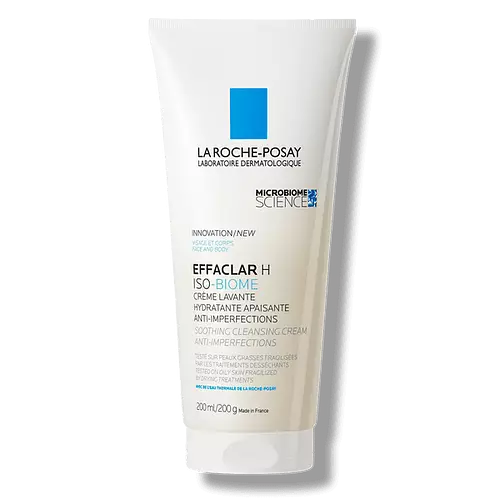ZO Skin Health Hydrating Cleanser Versus COSRX Low pH Good Morning Gel Cleanser
Updated on July 19, 2024
Overview
What they are
These products are both reef safe face cleansers. They have a total of 4 ingredients in common
Suited For
They're both likely to be good for sensitive skin and scar healing
Free From
They both do not contain any harsh alcohols, parabens, silicones or sulfates
What's Inside
They both contain fragrances
We independently verify ingredients, and our claims are backed by peer-reviewed research. Spot a product that needs an update? Let us know.
Ingredient Info
ZO Skin Health Hydrating Cleanser 34 ingredients
COSRX Low pH Good Morning Gel Cleanser 25 ingredients
At a glance
Click on any of the items below to learn more
ZO Skin Health Hydrating Cleanser 34 ingredients
COSRX Low pH Good Morning Gel Cleanser 25 ingredients
Benefits
This product contains 1 ingredient that may have this attribute:
This product contains 1 ingredient that may have this attribute:
This product contains 1 ingredient that may have this attribute:
This product contains 1 ingredient that may have this attribute:
Concerns
This product contains 1 ingredient that may have this attribute:
This product contains 2 ingredients that may have this attribute:
This product contains 1 ingredient that may have this attribute:
This product contains 3 ingredients that may have this attribute:
Notable Ingredients
This product contains 1 ingredient that may have this attribute:
Benefits
This product contains 3 ingredients that may have this attribute:
This product contains 1 ingredient that may have this attribute:
This product contains 1 ingredient that may have this attribute:
This product contains 1 ingredient that may have this attribute:
This product contains 1 ingredient that may have this attribute:
Concerns
This product contains 1 ingredient that may have this attribute:
This product contains 1 ingredient that may have this attribute:
This product contains 2 ingredients that may have this attribute:
This product contains 1 ingredient that may have this attribute:
Ingredients Side-by-side
Ingredients Explained
These ingredients are found in both products.
Ingredients higher up in an ingredient list are typically present in a larger amount.
Water. It's the most common cosmetic ingredient of all. You'll usually see it at the top of ingredient lists, meaning that it makes up the largest part of the product.
So why is it so popular? Water most often acts as a solvent - this means that it helps dissolve other ingredients into the formulation.
You'll also recognize water as that liquid we all need to stay alive. If you see this, drink a glass of water. Stay hydrated!
Learn more about WaterChances are, you eat sodium chloride every day. Sodium Chloride is also known as table salt.
This ingredient has many purposes in skincare: thickener, emulsifier, and exfoliator.
You'll most likely find this ingredient in cleansers where it is used to create a gel-like texture. As an emulsifier, it also prevents ingredients from separating.
There is much debate on whether this ingredient is comedogenic. The short answer - comedogenic ratings don't tell the whole story. Learn more about comegodenic ratings here.
The concensus about this ingredient causing acne seems to be divided. Research is needed to understand if this ingredient does cause acne.
Scrubs may use salt as the primary exfoliating ingredient.
Learn more about Sodium ChlorideAllantoin plays a role in soothing and moisturizing the skin. Because of this, it is often added to products with strong active ingredients.
Some studies have shown this ingredient can promote wound healing with higher concentrations.
Allantoin is derived from the comfrey plant but produced synthetically for cosmetic products to ensure purity.
Learn more about AllantoinEthylhexylglycerin (we can't pronounce this either) is commonly used as a preservative and skin softener. It is derived from glyceryl.
You might see Ethylhexylglycerin often paired with other preservatives such as phenoxyethanol. Ethylhexylglycerin has been found to increase the effectiveness of these other preservatives.
Ingredient Ratings
Here's what our community thinks of the ingredients in these products.
When to use
ZO Skin Health Hydrating Cleanser 34 ingredients
COSRX Low pH Good Morning Gel Cleanser 25 ingredients

Reviews
Here's what our community thinks
ZO Skin Health Hydrating Cleanser 34 ingredients
COSRX Low pH Good Morning Gel Cleanser 25 ingredients
katrina1
works great on my oily skin, cleanses while not being stripping, so it doesn’t leave my skin feeling tight. 10/10 :)
Roseblushbliss
You will find better things out there.
This wasn’t completely destructive to my skin back in my late teens (dehydrated oily-combo skin with...
You will find better things out there.
This wasn’t completely destructive to my skin back in my late teens (dehydrated oily-combo skin with hormonal acne I assume) but there’s a reason why I only aimed to finish my tube of this. Doesn’t cleanse very deeply so I felt I needed to use more product (I was oily, sweaty, and in a very place with very polluted air), and tends to leave me more dry after use. I think I remember it being mildly stinging and irritating, leaving my skin feel more raw afterwards rather than just refreshed and clean. May have also left a residue after washing.
Just, please look for something else. You can find something better, even for a lower price point.
